Featured in
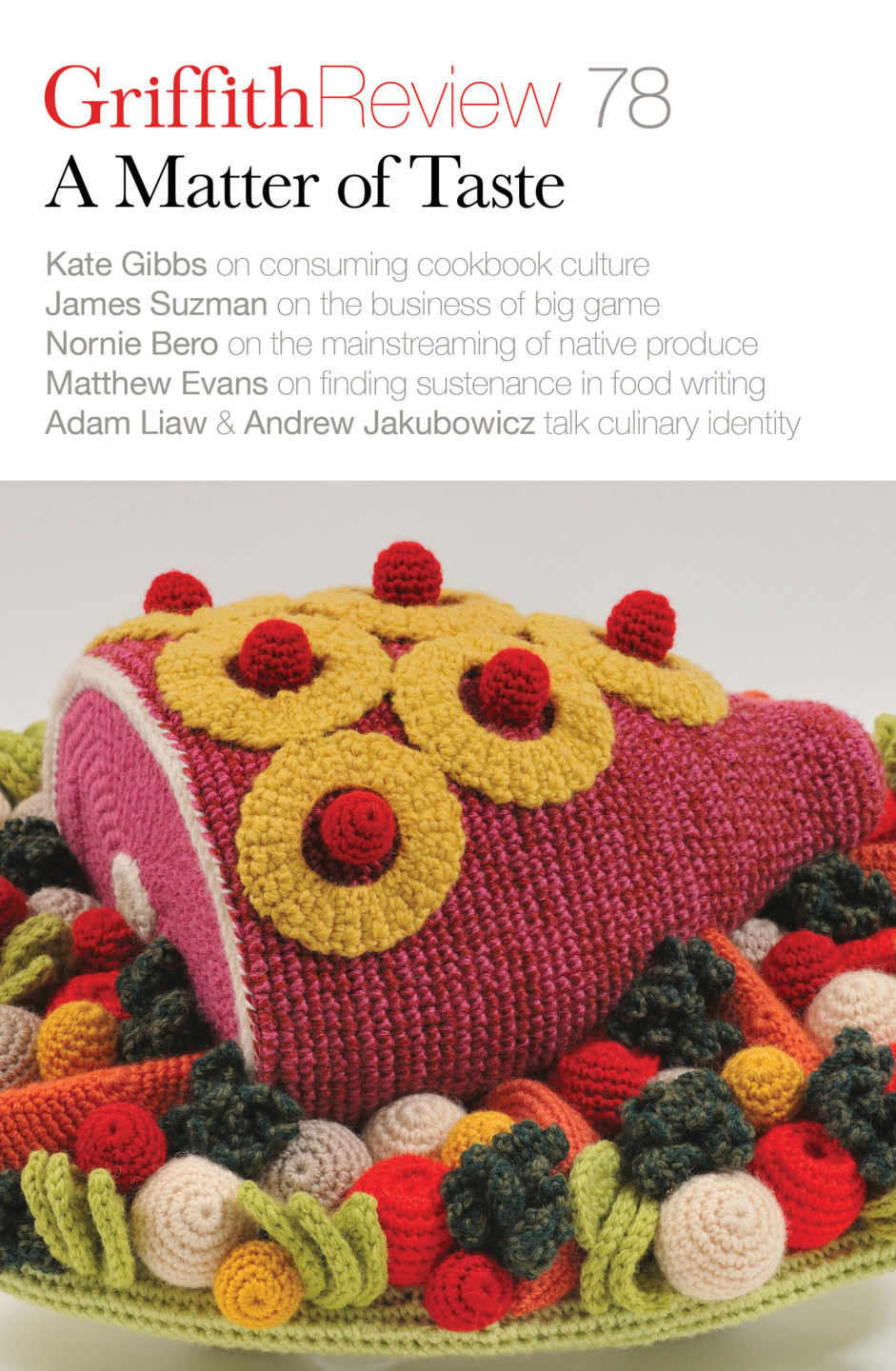
- Published 20221101
- ISBN: 978-1-922212-74-0
- Extent: 264pp
- Paperback (234 x 153mm), eBook
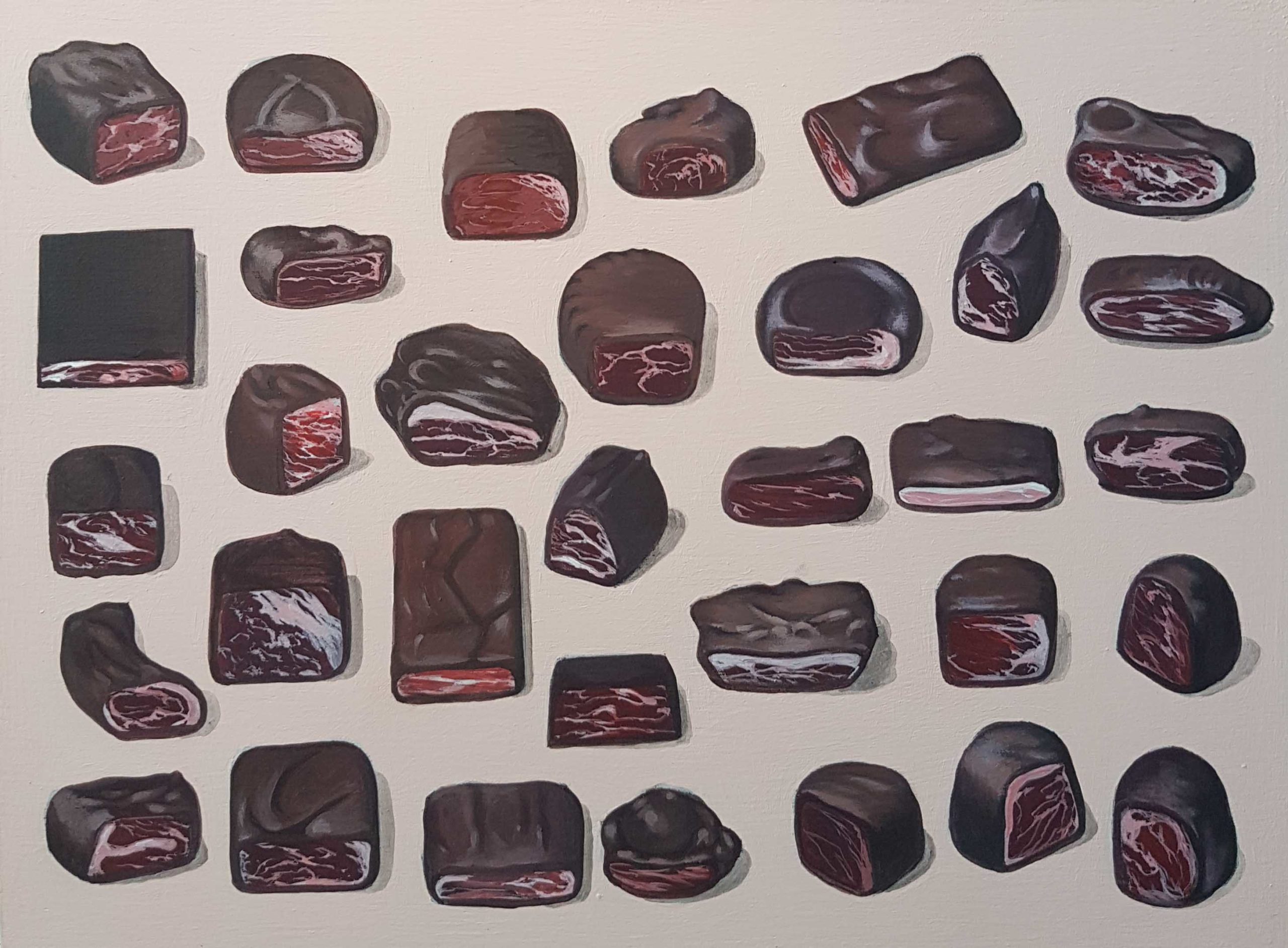

Already a subscriber? Sign in here
If you are an educator or student wishing to access content for study purposes please contact us at griffithreview@griffith.edu.au
Share article
About the author

Anna Di Mezza
Anna Di Mezza is an artist based in the Blue Mountains of NSW. Her works are held in private collections in Australia, Europe and...
More from this edition
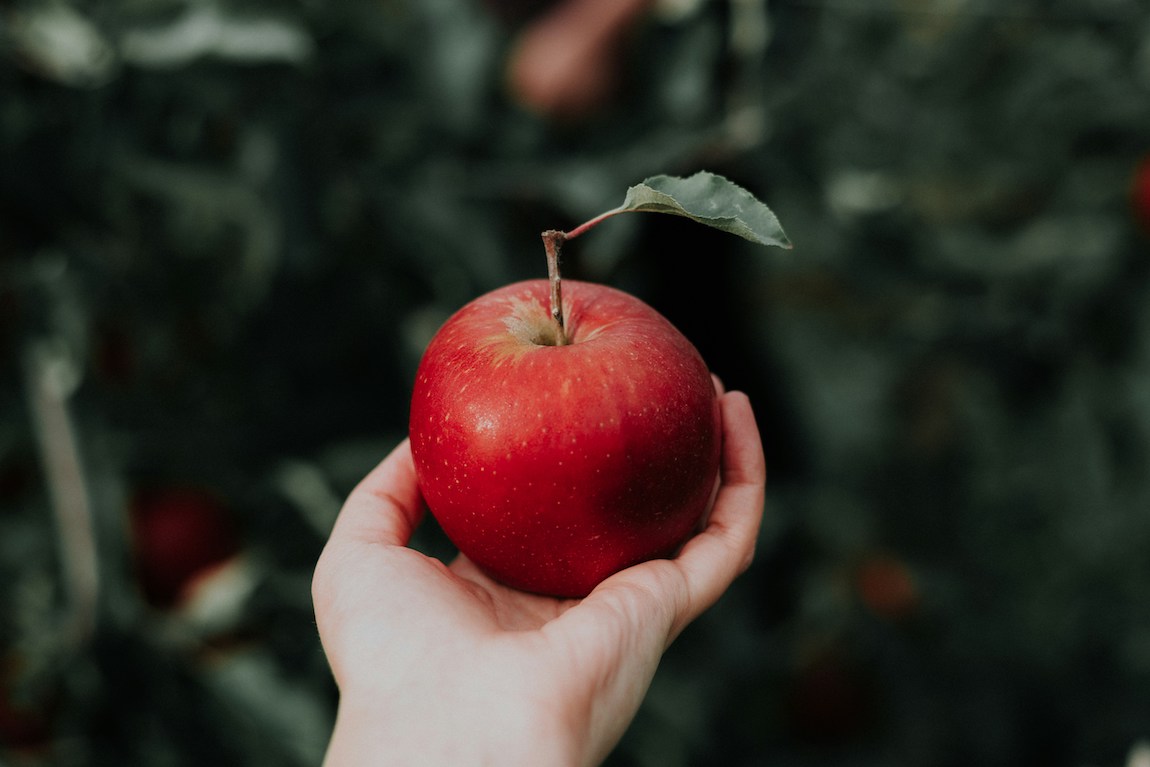
Fallen apples
EssayFrom the twelfth century in Western Europe, the apple, scientific name malus, became the forerunner for the unidentified forbidden fruit from the Garden of Eden, probably because its symbolism was already well established in Norse and Greek mythology, and the wordplay was irresistible: malus derives from the Latin word malum, which meant both evil or wrongdoing and fruit plucked from a tree.
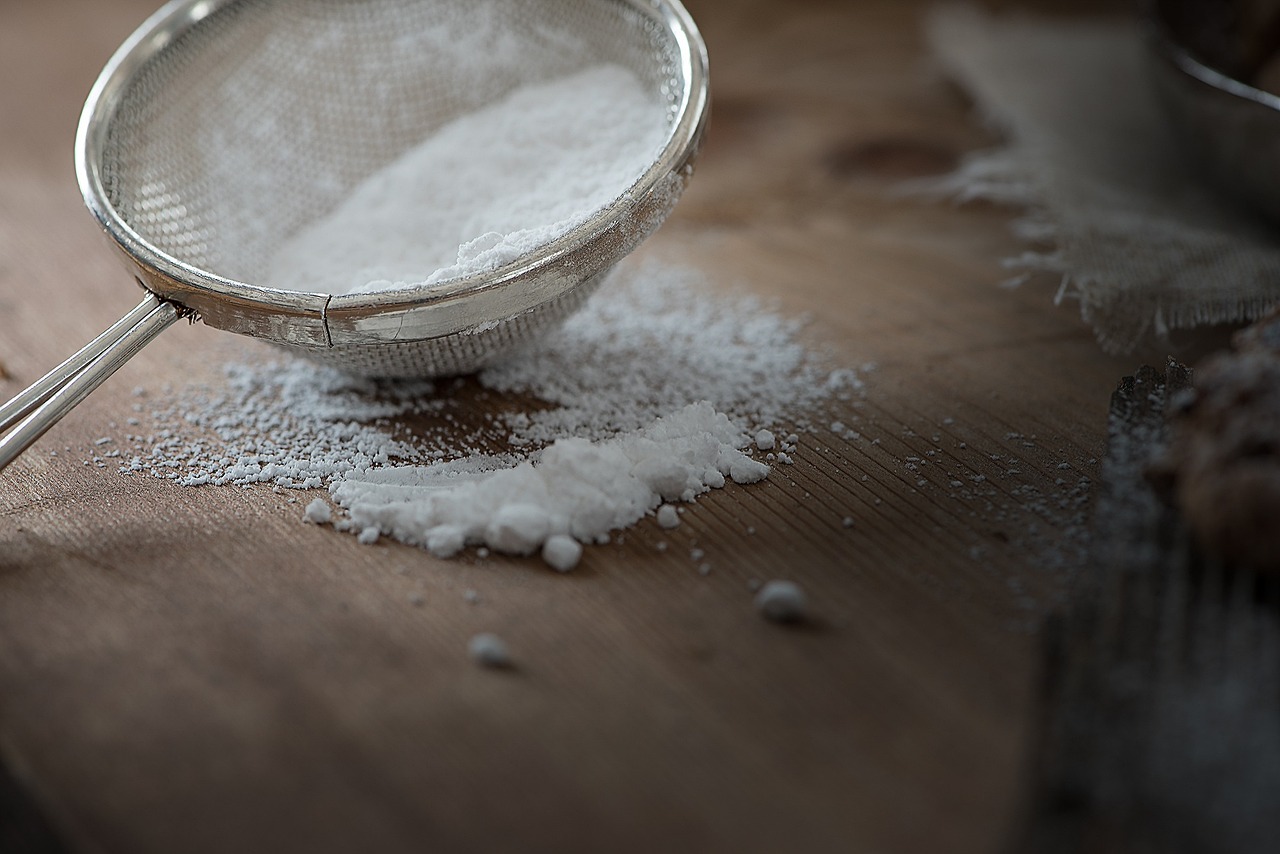
Easter cakes
MemoirI find I cannot cry on the day of the funeral or for many nights after the news of Ellen’s death and it is as if I am stunned by this loss, as if I am too close to this absence for it to mean anything yet, until two weeks later when I take the handle of the mould in my hands and lay the flat back of it against my cheek, and I cry and I cry.
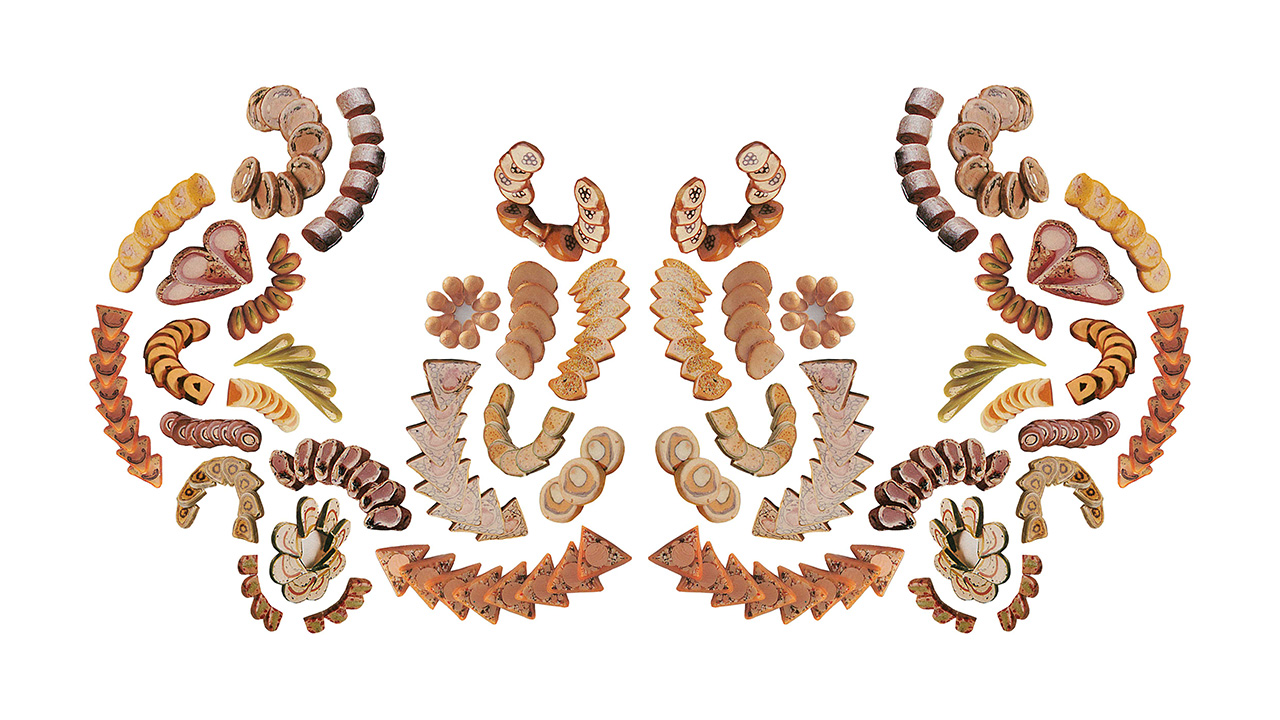
Gut instinct
In ConversationUsing identical, machine-made food items accentuates the traces of consumption. In works where participation is open to the audience as co-creators, I have found there’s not just one way to consume...